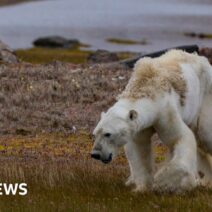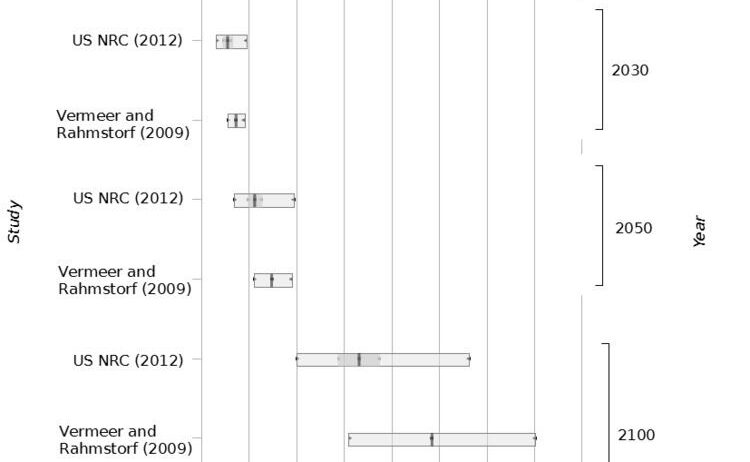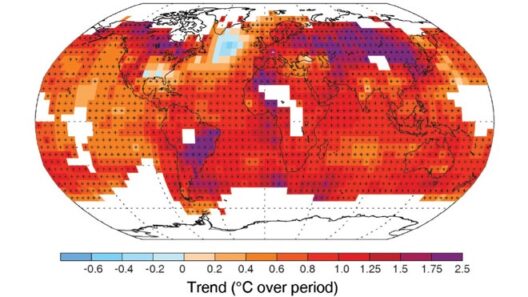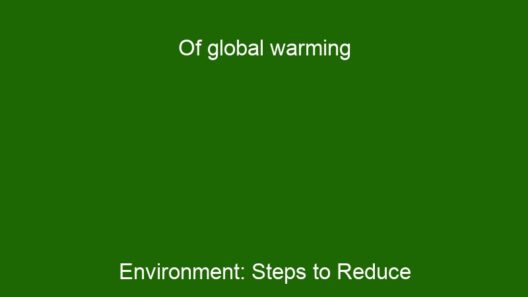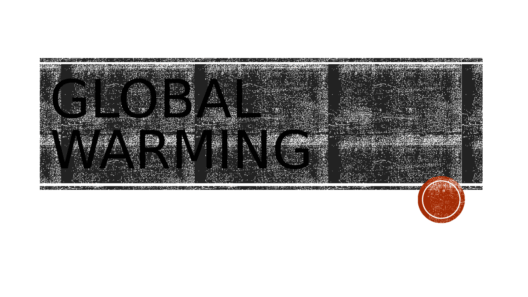As climate change accelerates, a pressing question looms over humanity: How long until global warming kills us? This query encapsulates not only the urgency of the current environmental crisis but also the myriad of long-term repercussions that global warming heralds. To grasp the gravity of this situation, it is essential to explore the intricate tapestry of climate phenomena and their cascading effects on our planet, societies, and future generations.
The complex interplay of greenhouse gas emissions, rising temperatures, oceanic changes, and biodiversity loss signals a shift that could irrevocably alter life as we know it. Understanding the trajectory of these changes requires scrutiny and a sense of urgency, as they lay bare an unsettling reality—global warming is not a distant concern; it is an immediate threat that demands our attention.
Climate Change: The Unraveling Fabric of Our World
The phenomenon of global warming, driven primarily by anthropogenic emissions, functions as the rudder steering humanity toward an uncertain future. The Earth’s average surface temperature has already risen by approximately 1.1 degrees Celsius since the pre-industrial era. Though this may seem trivial, the ramifications are profound. As temperatures continue to escalate, we witness the destabilization of climate patterns that have defined our existence.
Extreme weather events have become increasingly common and severe, disrupting life and infrastructure. From devastating hurricanes and torrential floods to interminable droughts and unprecedented wildfires, the narrative of climate change is characterized by volatility. In the tropics, entire ecosystems are in peril, as species struggle to adapt to shifting climatic conditions. Destruction of habitats will not only result in biodiversity loss but also lead to the extinction of numerous species. These losses disrupt the delicate balance within ecosystems and jeopardize human survival as we depend on these systems for clean air, water, and food.
Warming oceans, another consequence of climate change, further complicate this tale. They absorb a significant amount of heat, leading to coral bleaching and adversely affecting marine biodiversity. A staggering 30% of fish stocks are overexploited, pushing communities reliant on fishing into precarity. As marine ecosystems falter, the threat of food insecurity looms larger, highlighting the interconnectedness of our environment.
Rising Sea Levels: The Silent Invader
Inextricably linked to global warming is the phenomenon of rising sea levels. As polar ice caps and glaciers continue to melt—contributing to a greater volume in our oceans—coastal communities face an existential threat. Projections suggest that, by 2100, sea levels could rise by as much as 1 meter, displacing millions of people across the globe. Cities like Miami, New Orleans, and even New York City risk becoming submerged, leading to refugee crises unmatched in modern history.
This displacement will breed social unrest and exacerbate existing inequalities. Those least responsible for climate change—primarily marginalized communities—will suffer the most harshly due to inadequate resources and infrastructure, thus catalyzing a cycle of disadvantage. The specter of climate-induced migration haunts policymakers, as nations grapple with the ethical considerations of resettlement. If we allow the current trajectory to persist unchecked, we risk entrenching global inequalities while jeopardizing social cohesion.
Health Implications: A Hidden Menace
The repercussions of global warming extend beyond the environmental and societal. The nexus between climate change and public health is an area of growing concern. Rising temperatures are correlated with an increase in heat-related illnesses and respiratory disorders exacerbated by air pollution. Vulnerable populations—children, the elderly, and those with pre-existing health conditions—will disproportionately bear the brunt of this burden.
Moreover, climate change facilitates the spread of infectious diseases, as vectors like mosquitoes flourish in warmer climates. Regions previously considered safe from diseases such as malaria and dengue fever may find themselves vulnerable as changing climates alter the geographical distribution of these vectors. This creates a pressing need for global health systems to adapt, preparing for the repercussions of climate change on public health.
A Collective Responsibility: Taking Action
With the long-term effects of climate change unfurling before us, the call to action has never been more urgent. Individuals, communities, governments, and organizations must come together to combat this global crisis. Renewable energy, sustainable practices, conservation of ecosystems, and reforestation initiatives serve as essential components in the arsenal against climate change.
Investments in technology that mitigates greenhouse gas emissions are paramount, as is the integration of climate education into curricula worldwide. Engaging the public through awareness campaigns can shift consumer behavior, thereby influencing corporate practices and governmental policies. Only through collaboration can we harness the collective will to redefine our trajectory and mitigate the impending threats posed by global warming.
In closing, the question of how long until global warming kills us is terrifying in its implications. The long-term effects of climate change desafiante our existence and present a clarion call for collective action. Humanity stands at a crossroads; the decisions made today will compel the future generations either toward survival or doom. As stewards of this planet, it is incumbent upon us to champion environmental sustainability for the wellbeing of all life on Earth. The time for change is now.


